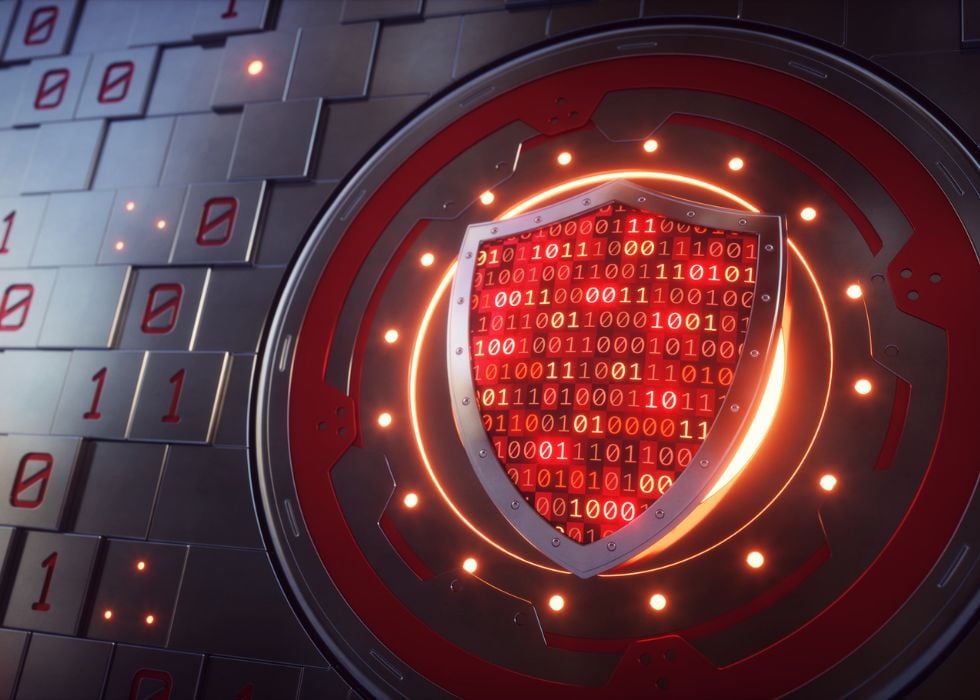Report predicts the most prevalent cybersecurity threats in 2024
Posted: March 27, 2024
Cyber attackers are becoming increasingly sophisticated, using advanced techniques such as social engineering and ransomware to penetrate organizations' defenses. As new threats and tactics emerge, it becomes increasingly difficult for organizations to keep up with the latest threats and implement effective defenses. In today's threat landscape, it's important to understand the specific threats impacting your industry.
Ontinue released a report identifying emerging cybersecurity threats, analyzing approximately 600,000 endpoints to identify the most prevalent threats and predicting future threats. Key findings from the report include:
- Almost 50% of ransomware incidents analyzed targeted the construction and information technology (IT) sectors.
- LockBit has been declared one of the most active ransomware groups, while 8Base targets small and medium-sized businesses.
- Ransomware attacks have grown in complexity as double extortion techniques have increased in frequency.
Inadequate IoT security was exploited by malicious actors who used these devices to launch denial of service (DDoS) attacks, botnet attacks, and gain unauthorized access. - AI has created new challenges as malicious actors can use the technology to bypass traditional security measures or create realistic deepfake content.
- Social engineering tactics exploit human vulnerabilities and pose a significant threat to organizations.
In addition to describing observed trends, this report also predicted trends that may emerge throughout 2024.
- AI will continue to be exploited for advanced attack techniques, such as social engineering attempts and biometric security circumvention.
- Mobile devices are prime targets for access point and credential abuse.
- Hacktivism and hacking are predicted to increase.
- Ransomware operations vary, including the techniques used and the information stolen.
The report states that the three most common threats across all industries are phishing, social engineering, and vulnerability exploitation. While staff training and awareness remains the best defense against phishing and social engineering, regular patching, vulnerability scanning, and frequent network assessments are required.
With the continued growth of IoT devices, new attack vectors are being introduced. It's important to know that poorly secured connected devices are increasingly targeted by botnet exploitation, distributed denial of service (DDoS) attacks, and unauthorized access. Organizations must prioritize IoT security to prevent potential breaches and protect consumer data.
Additionally, as AI and ML technologies continue to evolve, threat actors are beginning to exploit them for malicious purposes. From generating convincing deepfake content to circumventing traditional security measures with adversarial attacks, AI and ML have become a double-edged sword. Protecting these systems from exploitation requires a combination of algorithmic defenses, robust training data, and continued security research.
According to the report, the following are cybersecurity best practices that can help organizations build a more robust security posture to reduce the risk of cyber threats and data breaches.
- Regular software updates and patch management
- Strong access control and authentication
- Employee training and awareness
- Regular data backup and disaster recovery plan
- Network segmentation and monitoring
Interested in learning more and seeing the full breakdown? Read the entire report for yourself here!
Understanding emerging trends and incorporating best practices is essential to improving your security efforts in 2024. Increasing user awareness through education and initiatives is critical to recognizing and avoiding cybersecurity attacks, and significantly reducing the likelihood of being affected.
If you missed it, check out this article about recent highlights of FBI and CISA cybersecurity advisories, as well as safety considerations from the cyberattacks on MGM and Caesars casinos. For other similar articles, check out our AV/IT room.


